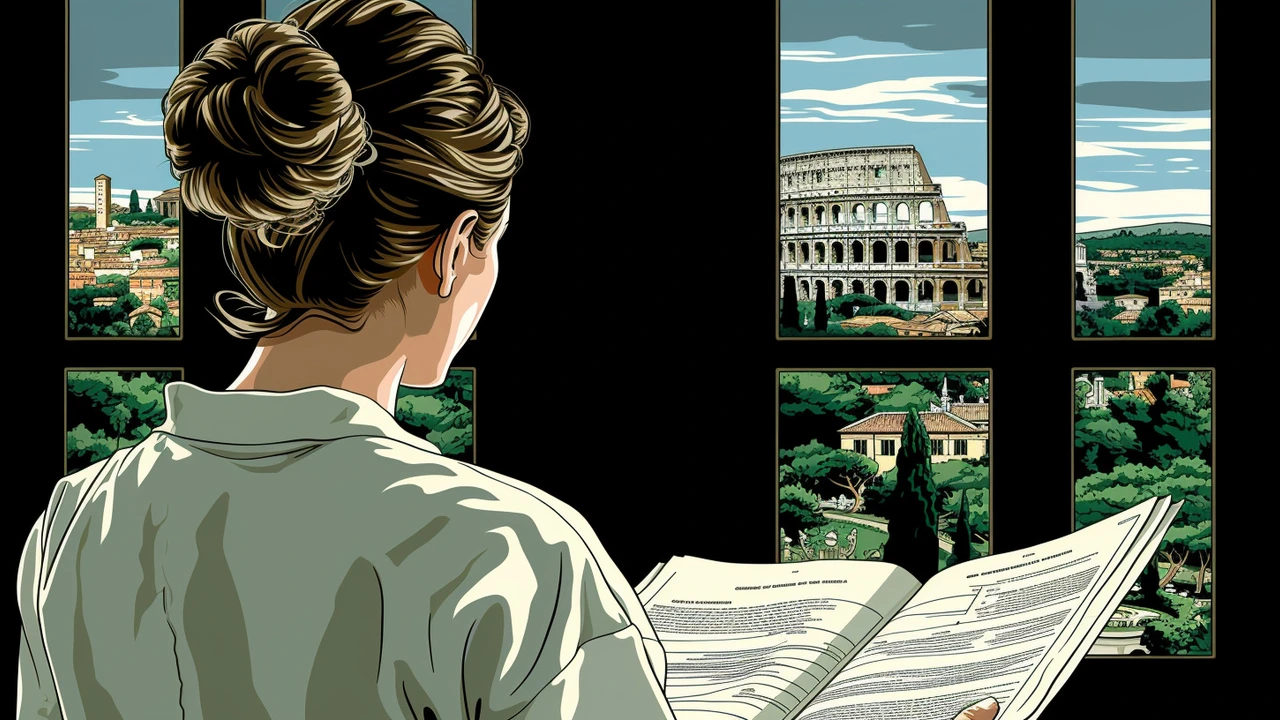Transformation in Architecture: How Styles Evolve and Return
Transformation is the constant behind every street you walk and every building you scroll past. Old ideas get reshaped, lost details come back as trends, and practical needs force fresh solutions. If you want to see how architecture and art change over time, start by watching for patterns: revival, reuse, and reinvention.
Revival: Old looks, new reasons
Styles like Gothic Revival, Greek Revival, or Renaissance Revival don’t reappear because people miss the past. They come back because designers borrow visual language to make new statements—authority, democracy, comfort, or showmanship. Spot revival when you see classic columns on a modern civic building, or a gambrel roof used in a new suburban house. The form is familiar, but the structure, materials, and building codes are modern. That mix is what makes revival a transformation, not a copy.
Revival also shows up in small ways: a stained-glass insert in a loft, a decorative cornice added to a renovated storefront, or Beaux-Arts details on an upgraded railway station. Those choices shift how a place feels without changing its function.
Reuse and reinvention: Making old buildings useful again
Adaptive reuse is a huge part of transformation. An old factory becomes apartments, a church becomes a market, and a mansion turns into offices. Reuse keeps heritage while adding new life. Practical signs of reuse include exposed original structure, added glass boxes, and modern HVAC vents that didn’t exist when the building was first built.
When you’re evaluating a transformed building, look at the seams: new connections between old stone and modern steel, how daylight is introduced, and whether circulation (stairs, elevators) was updated. Those details tell you whether an update was sympathetic or just slapped on.
Transformation also happens at city scale. Georgian street layouts still shape modern transport. Baroque plazas influence sight lines. Modern cities layer older grids with new highways and parks, and that layering creates the urban character you experience every day.
Materials and technology drive change, too. Roman concrete and aqueduct engineering once expanded cities; now sustainable materials and digital fabrication are reshaping design. Minimalism and postmodernism reacted to previous eras—each shift shows how culture and tools push styles into new directions.
Want to spot transformation quickly? Check for contrasts: heavy stone next to sleek glass, ornate cornices above simple storefronts, or a historic façade hiding a modern interior. Read plaques, check planning permits, and use street-view tools to compare old photos with now. That little research gives you the story behind the look.
If you’re bringing transformation into your own home, choose one clear move: add a period detail, open up the plan for daylight, or reuse rough materials as accents. Keep function first: good transformation solves a real problem—comfort, durability, or efficiency—while adding character.
Transformation isn’t random. It’s a conversation between past and present, taste and need, craft and technology. Once you start looking for the signs, cities become living timelines of change.

The Transformation of Ancient Roman Architecture
Oh, honey, let me tell you about the jaw-dropping transformation of Ancient Roman architecture, it's like a reality TV makeover show, but for buildings! Once upon a time, Romans were all about Greek-style architecture - I mean, who can resist those columned temples and marble statues? But, hold your horses! Romans decided to shake things up and introduced concrete into the mix. Voila! They started having these grand, innovative structures like amphitheaters and aqueducts. It's like when you add a pinch of spice to your grandma's classic recipe and the whole family goes "wow!". So, my lovelies, from Greek-inspired to concrete wonders, Roman architecture had one heck of a glow-up.
Read more